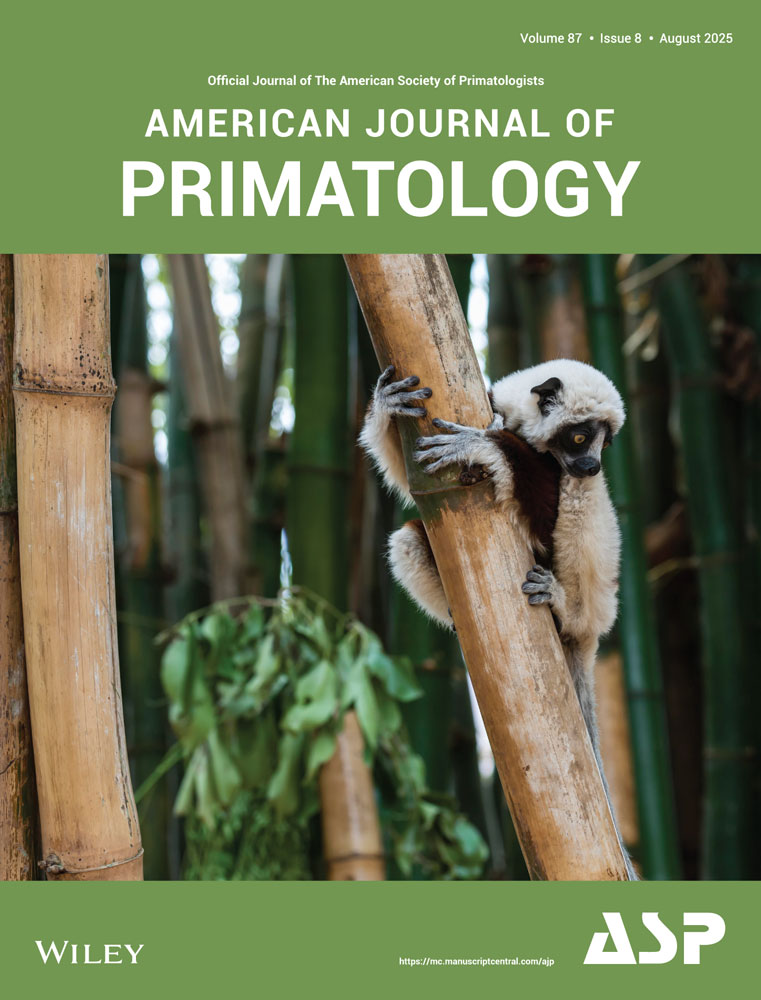Use of traps to capture black and gold howlers (Alouatta caraya) on the Islands of the upper paraná river, Southern Brazil
Abstract
Howlers (genus Alouatta) are widely captured with the use of anesthetic projectiles; however, no capture protocol involving the use of traps has been described to date. In the present study we describe the first efficient capture program for black and gold howlers (Alouatta caraya) using traps, which was implemented on the islands of the upper Paraná River in southern Brazil. We constructed two trap models with either manual or automatic activation (trap A with two entrances and guillotine-type doors; trap B with one entrance and a guillotine-type door). The traps were suspended in the canopy by means of vertical climbing techniques, and were baited regularly and abundantly with bananas and mangoes. We captured 70 howlers (86% using manual activation and 14% using automatic activation) on four different islands. We restrained 41 of these animals and measured their body mass, which averaged 5.30 kg±1.79. Given our results, we suggest that the system described in the present study represents an alternative capture program for howlers in areas that have low food diversity and no other mammal species that will compete for the bait, as has been observed in riparian environments, islands, and forest fragments. Am. J. Primatol. 69:1–7, 2007. © 2006 Wiley-Liss, Inc.




